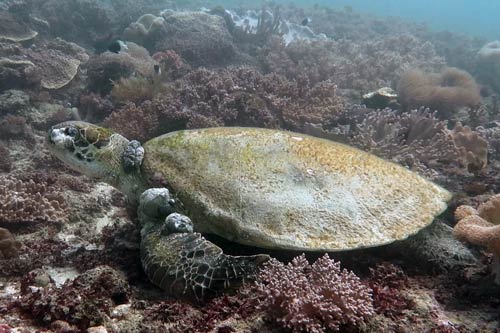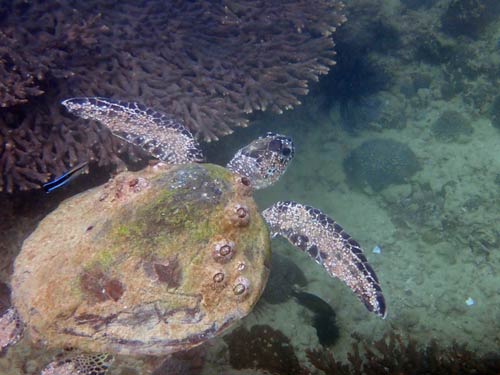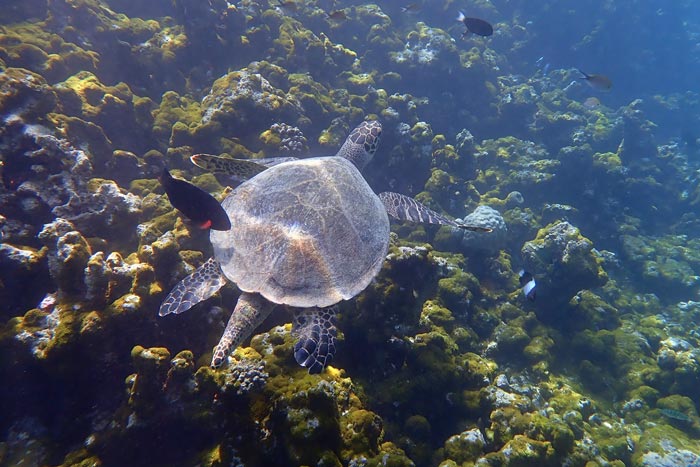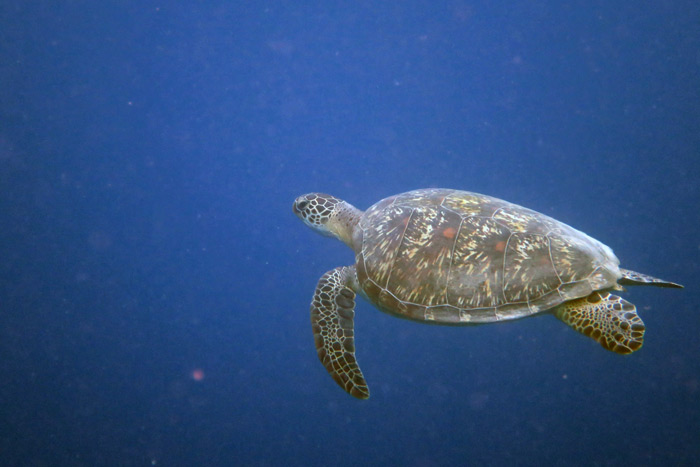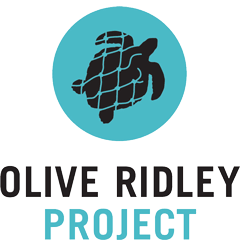Population ecology is a branch of ecology that attempts to understand the patterns and processes of change over time or space for populations of a single species and the interplay between a population and its surroundings. This includes detailed monitoring of a population’s dynamics such as population size, health, birth rates, death rates and number of mature individuals.
Health of Sea Turtles
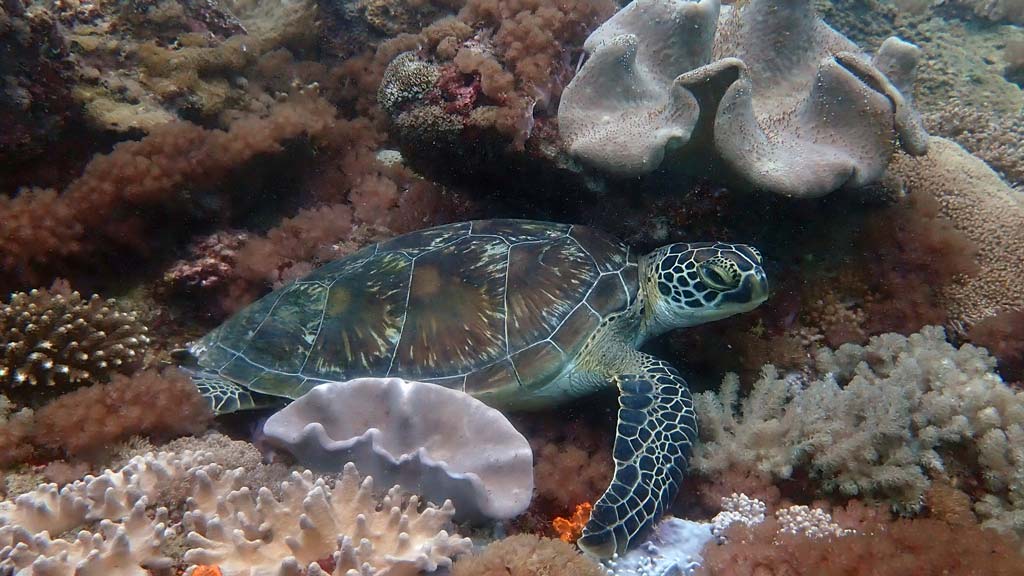
Diseases in sea turtles
ORP is monitoring the prevalence of signs of disease, such as fibropapillomatosis, in the turtle populations in the Indian Ocean. Fibropapillomatosis, or short FP, is a tumor-disease affecting sea turtles around the globe. After the first record from 1938, rapidly more and more FP cases were identified in all ocean basins but the etiology of the disease is still not fully understood. An alphaherpesvirus is believed to be the causative agent of FP, with different environmental stressors acting as triggers to an actual outbreak of the disease.
Environmental triggers include anthropogenic influences such as chemical and noise pollution. To better understand FP in the Indian Ocean sea turtle populations, we are recording prevalence, progression and location of FP cases. So far all cases documented through ORP are clustered around the southern coast of Kenya.
Parasites
Blood-sucking leeches of the genus Ozobranchus have been identified as potential vectors transmitting the FP associated virus between individual turtles. Additionally, high numbers of leeches on a single turtle can greatly affect the animal by destroying skin and underlying tissues. In the last four years, ORP has documented the presence of these leeches on olive ridley turtles found in the Maldives, adding another geographical record to the global catalogue.
As the presence of these external parasites as well as a high number of epibionts such as barnacles can be indicators of underlying health issues, we monitor the presence of these organisms to gain insight into turtle population health and its resilience to external stressors such as climate change or other alterations of the habitat.
We continued the investigation of external parasites and epibionts of sea turtles found in the Maldives in cooperation with the Environmental Protection Agency and are working towards the expansion of the project into other countries as well. Sea turtles in Oman seem to be more likely to exhibit a higher epibiont load then most turtles for example in the Maldives or Kenya. It is our goal to understand the underlying mechanisms which promote epibiont settlement and growth, assess their impact on the hosts and find potential mitigation strategies.
Molecular Ecology – Withstanding disease
An endangered species is typically characterized by a drastic decline in population size in the recent past. Dwindling numbers of individuals are accompanied by a decreased genetic variability, resulting in decreased adaptive potential. This reduced variability also includes the immune system, thus resulting in reduced potential of the species to cope with pathogens and diseases.
In order for scientists to implement effective management strategies we must understand the genetic structure of the species we are trying to protect. Scientists often aim to identify genetic stocks within sea turtle populations. By doing so, we are then able to discern Management Units (genetically unique groups within the same species), turtle movements, population stability, evolutionary lineages and threats to the species as a whole. Armed with this information we are able to direct resources to management units that need it the most.
For example, our genetic research of olive ridley turtles entangled in ghost gear in the Maldives identified the source populations to be from east India and Sri Lanka. From this we were able to estimate the impact that ghost gear has to these populations.
Role in healthy ecosystem
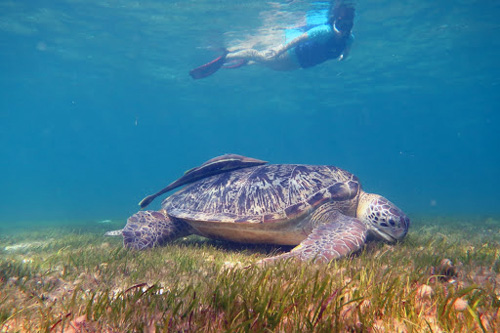
Sea turtles are a part of a complex ecosystem interacting with each other, but also a multitude of other organisms, for example as the turtles forage or are getting cleaned. It is possible to monitor these interactions on different scales and levels to evaluate relationships between species.
In a pilot study in Lhaviyani atoll in the Maldives, ORP is documenting sea turtle behaviour with a special focus on the interaction between them and a very specific species – us humans. It is our goal to understand the impact of tourism on the resident turtle population in the country and further refine guidelines on how to best interact with sea turtles.
We will also use the unique and unexpected case of the Covid-19 pandemic and the following closure of many tourist resorts in the atoll to compare the behaviour of the same individuals under very different circumstances (very variable number of human interactions).
Further investigations in Laamu atoll led by our partners at the Maldives Underwater Initiative are evaluating the impact of sea turtle grazing pressure on the species composition and condition of seagrass beds in shallow water lagoons, focusing on the role of green turtles in the ecosystem.
Size at maturity
Identifying the sex of a sea turtle is not easy as they do not have a sex specific prominent coloration or other external features that are typical for both sexes. The sex of juvenile and sub-adult turtles is indistinguishable based on morphological characters alone. Only adult male sea turtles are easily identified by their significantly larger tail.
Since this is still only applicable in adults and only one of the sexes differs markedly from the juvenile condition, it is very important to identify the size at which maturity is reached and thus a longer tail would be expected in males.
Size at maturity can differ greatly between different turtle species and populations, e.g., nesting hawksbill turtles between 53.3 and 95.5 cm have been observed, and green turtles as small as 75 cm carapace length and as large as 134 cm!
Through our photo-ID research we are able to follow individual turtles over years and monitor growth. This allows us to document tail growth in male turtles and through this infer a size at maturity for local sea turtle populations. Together with carapace measurements from observed nesting females it will be possible to better understand and evaluate all turtles we see regarding the life stage that they potentially are at.
A better understanding of the age structure of the resident sea turtle population will again improve our insight into its potential for future development and resilience to natural and anthropogenic threats. We are collecting size information from all our sea turtle monitoring projects in Kenya, the Maldives, Oman and the Seychelles.
Publications
Köhnk, S., Petros, C., Lomas, C., Riyad, E.M., Shameel, I., Hawlitschek, O. & Stelfox, M. (2021):
‘Stowaways: Marine Leeches Infecting Olive Ridley Sea Turtles Entangled in Ghost Nets in Maldivian Waters’.
Comparative Parasitology, in press.
The article presents the first recorded cases of sea turtles infected with a parasitic leech species, belonging to the Ozobranchidae family, in the Maldives. The possible implications of this leech presence are discussed, with a focus on sea turtles residing in the Indian Ocean.

